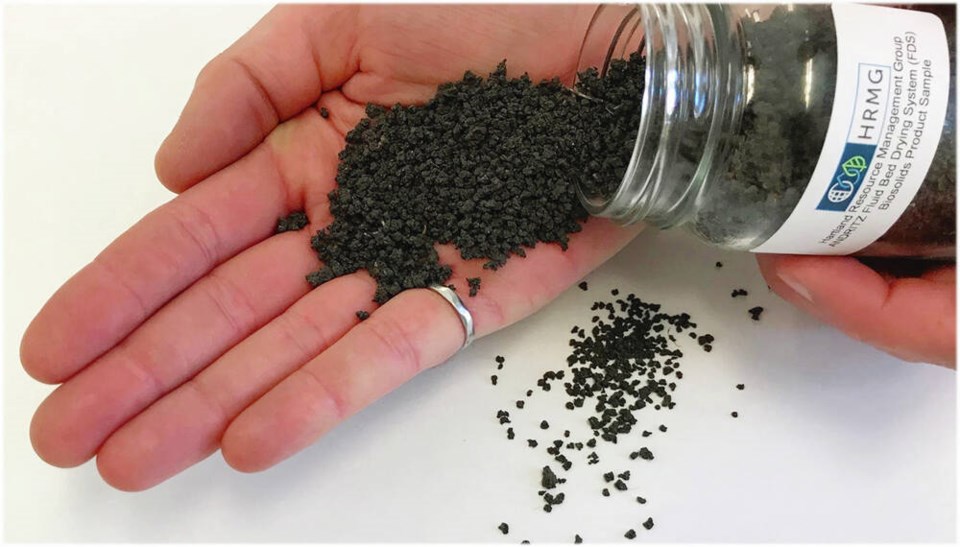Capital region residents are invited to join a virtual open house Tuesday to learn about and share views on long-term use of biosolids before a report is sent to the province in a few months.
It’s a complex and divisive issue with challenging timelines and unclear solutions.
“The board is in a really tough position right now,” Colin Plant, board chair, said Monday.
Citizens can sign up for the 6 p.m. meeting; it will be recorded for viewing later. The district is running a public survey closing March 6 on the topic.
The province requires a long-term plan for beneficial use of biosolids, a byproduct of sewage treatment, to be submitted by mid-June. The solution is supposed to be operational by the beginning of 2026.
The district’s board will take into account results from the survey, staff recommendations, provincial environmental regulations, a survey to be carried out by a third-party, and board preferences, Plant said.
“We are asking people to share with us what they know and what they believe should be done. This consultation is one of many mechanisms that the board will use to determine next steps.
“This is not a plebiscite; this is not a referendum on what should be done but rather it is gathering opinions of those who are interested in giving us feedback.”
The district is aiming to post a request for proposals by April allowing short-listed companies to compete for a pilot project for a thermal processing plant. The project would illustrate how the actual quantity of biosolids being produced would be handled.
While a cost-effective plan for such a plant is being sought, there’s no price tag at this point, Plant said.
The board is hoping that the thermal option will be the eventual solution, he said.
But even if a pilot project starts operating, obtaining permits would take many years, he said. “So there will likely be a need to amend our plan.”
Since 2011, the district’s board has passed motions opposing land applications of biosolids because of health concerns due to the chemicals they contain.
This has been a “very political issue” around the board table, Plant said. The board is split on the best way to handle biosolids.
Even so, the province is requiring the district to look at land application as a option in its long-term plan.
“The rest of the province, every other area in B.C. that I’m aware of, does have land application as one of their methods of dealing with biosolids,” Plant said. But at this point, the district is unable to point to a definitive workable option, he said. “We are in a bit of a challenging situation.”
Those opposed to putting biosolids on land point to scientific literature backing up their concerns about the impacts of various chemicals.
Meanwhile, because it has nowhere else to send them, the CRD is burying biosolids at Hartland landfill, which is against provincial rules.
The original plan to ship biosolids to a Richmond plant to be used as fuel in the production of cement fell through.
To register for the open house, take part in the survey, and learn more, go to getinvolved.crd.bc.ca/biosolids.



